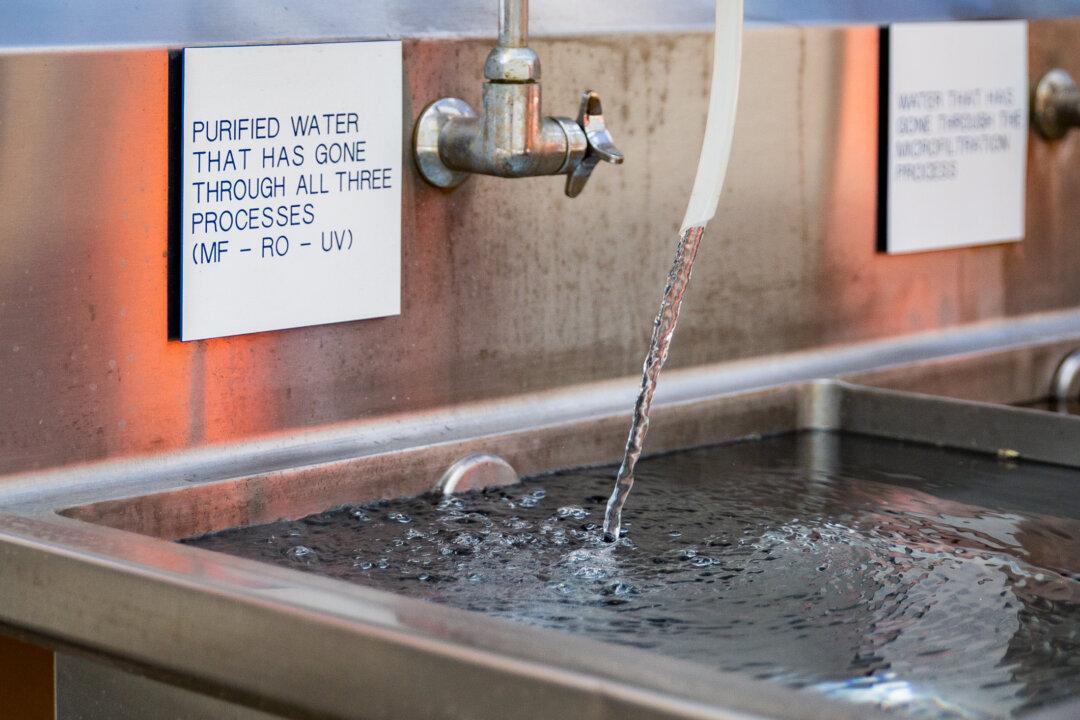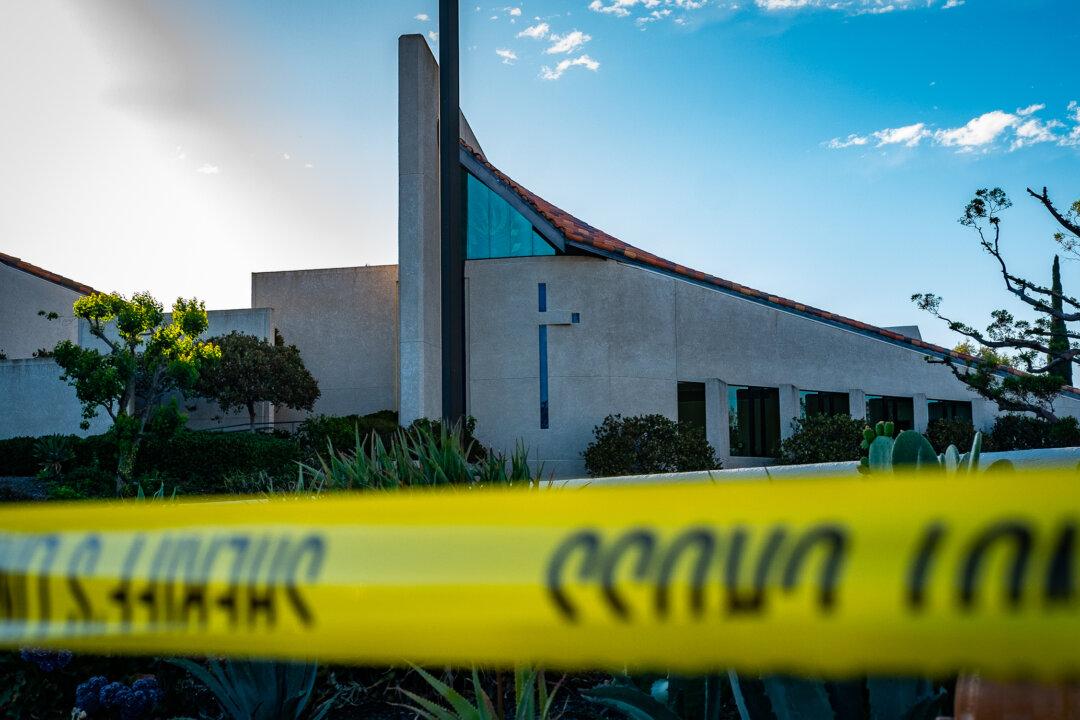SACRAMENTO—Amid California’s ongoing drought, state lawmakers moved forward with a bill that will mandate indoor residential water conservation, despite pushback from water districts.
The state Senate voted 28–9 on Senate Bill 1157 to lower the indoor water use from the current standard of 55 gallons to 47 gallons per person per day beginning 2025, and 42 gallons beginning 2030.




